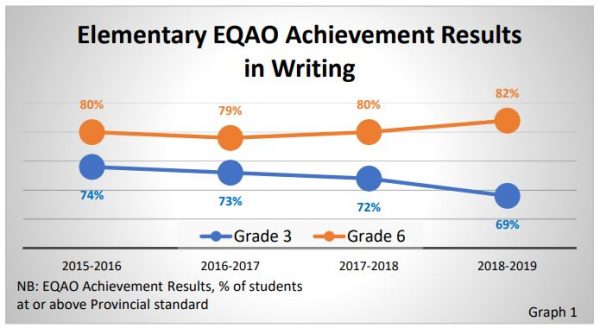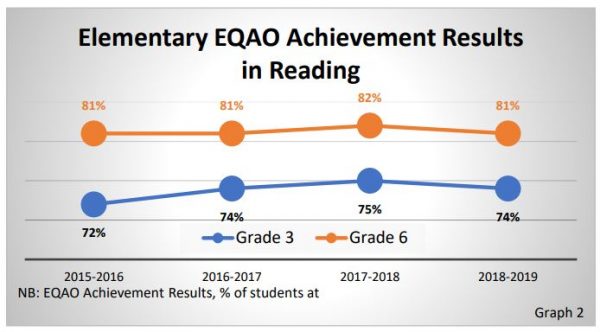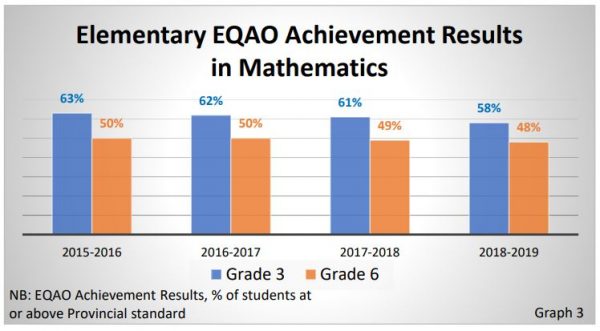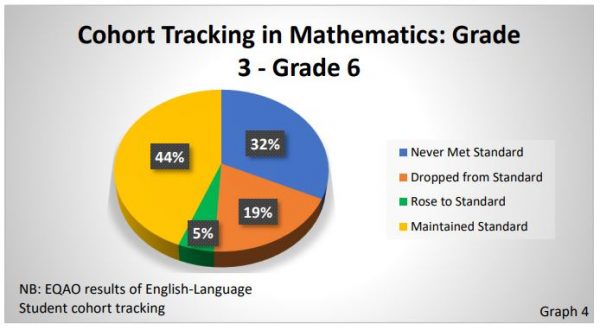Who is responsible for “Systemic Student Failure”?
TORONTO – Whether in agreement or not, standardized testing in schools can be a useful tool. They can help identify areas to improve in individual students, schools and curriculums. However, it has also been the source of much debate.
Concerns are legitimate. In some cases, parents and educators worry that children and students may be judged on the basis of test results. Students may experience increased levels of anxiety and stress in writing the tests.
Teachers may also feel the pressure for their students to perform well. Others will argue whether the results correlate with actual learning or with post secondary education and career outcomes.
Nonetheless, assessment data collected through standardized testing can prove useful to track year-overyear trends in student achievement and learning. Analyzing data over time can help monitor student progress and uncover any problem areas to address. It can also showcase areas where students have improved and excelled.
For example, writing achievement scores are on the decline for the primary division year-over-year. But, when Grade 3 students took the test in 2015-2016 and then were tested again three years later in Grade 6, the percentage of students at or above the provincial standard rose to 82%. That suggests an 8% improvement (Graph 1).

Similarly, when tracking the progress of that same group in reading, the data suggests a 9% improvement. Despite lower literacy levels in the primary division, the higher results among the junior division may indicate students’ developmental growth (graph 2).

However, the mathematics scores reflect a different situation. In the 2015-2016 academic year, 63% of Grade 3 students were at or above the provincial standard in mathematics. Yet, when those students (now in Grade 6) took the test in the 2018-2019 academic year, only 48% met standard. This represents a drop of 15%. A closer look at this unsettling trend is needed to understand the reason for the decline in math scores (graph 3).

According to the EQAO 2018-2019 Provincial Elementary Report, cohort tracking has uncovered other concerning results. Among the English-Language students who were tested in Grade 3 and again in Grade 6, only 44% maintained the provincial standard in mathematics for both periods (graph 4).

Another considerable drop was the 19% of students who met the standard in 2016 yet did not meet it three years later. These rates highlight other areas where the education systems may direct resources to help students who come from non-English speaking homes. The opportunity exists to recognize individuals that may require added supports and implement strategies to help them improve academically.
The ultimate goal for any parent or educator is to help students achieve their full academic potential. The impact of Covid-19 on student learning may not be known for some time. Until the situation stabilizes it is crucial that the government, along with educators, schools and school boards, develop tailored plans to minimize learning loss, improve final outcomes and set students on a path for success.




